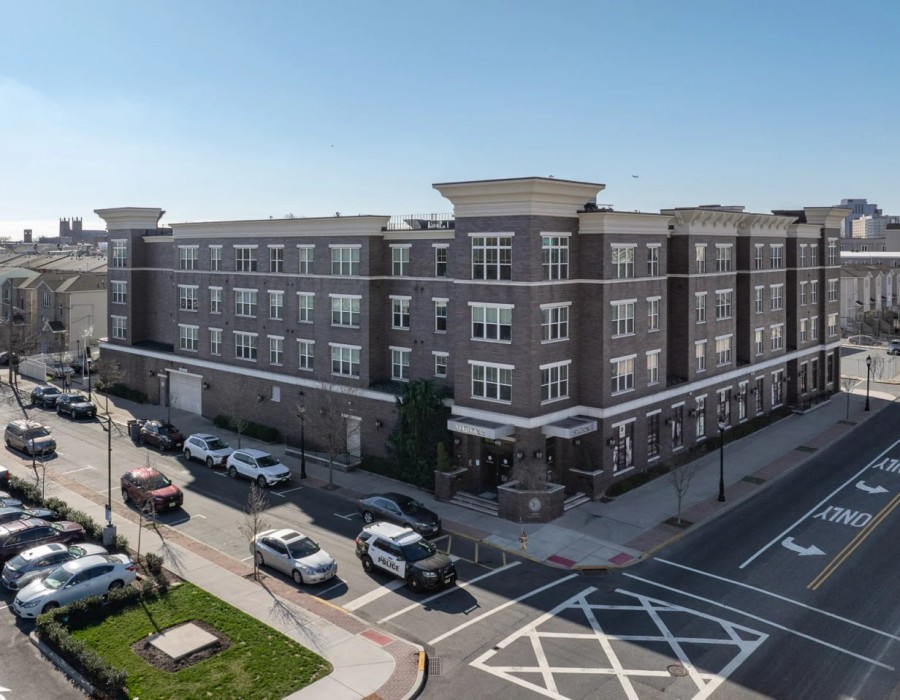In today’s competitive real estate and architectural industries, visual storytelling has become indispensable. Prospective clients and stakeholders no longer rely solely on floor plans or static images—they seek immersive, dynamic visual experiences that reflect a property’s full scope and aesthetic appeal. Drone architectural photography has emerged as a cutting-edge solution, offering high-resolution aerial perspectives that traditional photography simply cannot achieve.
What Is Drone Architectural Photography?
Drone architectural photography involves the use of unmanned aerial vehicles (UAVs) equipped with high-definition cameras to capture aerial images and videos of buildings, construction sites, and landscapes. This technology enables photographers to produce images from unique vantage points—be it sweeping panoramic views, intricate roof details, or the overall site context—allowing for a comprehensive visual narrative.
Whether for commercial, residential, or institutional projects, drone photography adds a level of detail and sophistication that elevates marketing materials and project presentations alike.
Key Advantages of Drone Photography in Architecture
- Enhanced Visual Impact
- Aerial imagery provides a striking first impression. It captures the full grandeur of architectural design, including features that are difficult to appreciate from ground level—such as rooflines, landscaping, and spatial orientation within the environment. This is particularly valuable for luxury properties, large developments, and high-profile architectural showcases.
- Improved Marketing and Sales Potential
- In real estate, presentation is everything. Drone photography helps listings stand out in crowded markets by offering unique views that traditional photos cannot. A well-executed aerial shoot can attract more attention, generate leads faster, and ultimately increase the chances of a quicker sale or lease.
- Comprehensive Site Context
- Drones can effectively communicate a building’s relationship to its surroundings—roads, green spaces, adjacent buildings, or water bodies. This spatial awareness is crucial for developers, investors, and urban planners who need to understand how a project integrates into its broader environment.
- Cost-Efficiency and Safety
- Compared to helicopters or cranes, drones offer a significantly more affordable and safer way to achieve aerial imagery. They can be deployed quickly, require minimal setup, and can access tight or hard-to-reach areas without risk to personnel.
- Progress Monitoring and Documentation
- For construction firms and architects, drones provide a reliable tool for tracking project progress. Regular drone flyovers allow stakeholders to document each phase of construction, identify potential issues early, and maintain transparent communication with clients and contractors.
Selecting the Right Drone Photography Provider
Choosing a qualified drone architectural photographer is crucial. The best providers not only possess advanced technical skills but also understand architectural principles, lighting, and composition. Look for professionals who are:
- Certified and Licensed: Ensure they have the necessary FAA certification or local equivalent.
- Experienced in Architecture: Experience in architectural or real estate photography ensures attention to detail and understanding of client needs.
- Technologically Equipped: The use of professional-grade drones with stabilized 4K or higher-resolution cameras is a must for premium results.
- Insured: Liability insurance is essential for protecting both the provider and the client during any on-site operation.
Final Thoughts
Drone architectural photography is not just a trend—it’s a transformative tool that is reshaping how we perceive, market, and document the built environment. From real estate agents and architects to developers and marketers, those who embrace this technology stand to gain a powerful visual edge.
For those seeking to showcase their properties with unmatched clarity, perspective, and impact, drone photography offers a compelling solution. In an era where first impressions are often made through a screen, there’s no substitute for visuals that soar above the ordinary.





Comments